Metallic Bluish-Green Cuckoo Wasp (Chrysis angolensis)
Detailed overview of the Metallic Bluish-Green Cuckoo Wasp (Chrysis angolensis):
🐝 Metallic Bluish-Green Cuckoo Wasp
Scientific name: Chrysis angolensis
Family: Chrysididae (Cuckoo wasps)
Order: Hymenoptera
Common group: Jewel wasps / Cuckoo wasps
🔹 Identification
- Size: Approximately 5–9 mm in length
- Color:
- Striking metallic blue-green or turquoise exoskeleton
- Iridescent, with color shifts depending on the angle of light
- Underside may appear darker or coppery
- Body shape: Compact, segmented body with a sculptured, pitted surface
- Wing: Transparent with a smoky tinge; typical hymenopteran venation
- Behavioral trait: When threatened, can curl into a tight defensive ball (thanatosis)
🔹 Distribution
- Native to: Sub-Saharan Africa
- Introduced/established in:
- Southern Europe, including Portugal, Spain, and Italy
- Middle East, Asia, and parts of North Africa
- Spread potentially aided by human trade and environmental changes
🔹 Habitat
- Prefers warm, sunny, dry environments
- Found in:
- Urban gardens
- Scrubland
- Mediterranean habitats
- Areas where host species are present (especially dry wood structures, bee hotels, sandy soils)
🔹 Biology & Behavior
🌱 Life Strategy
- Kleptoparasitic / Brood parasite – Lays eggs in the nests of solitary wasps and bees (especially from the families Megachilidae and Sphecidae)
🐣 Reproduction
- Female enters the host’s nest and deposits an egg
- Larva hatches and consumes either the host egg/larva or its provisions
- No nest-building of its own – entirely dependent on hosts
☀️ Activity
- Diurnal and strongly thermophilic (active in full sunlight)
- Commonly seen hovering near wooden structures, dead wood, or walls looking for host nests
🔹 Defense Mechanisms
- Metallic armor: Tough exoskeleton resists stings from host insects
- Curls into a ball (thanatosis) when threatened, protecting vulnerable undersides
🔹 Conservation Status
- Not globally threatened
- Population increasing in some regions due to:
- Spread of its hosts into urban areas
- Warmer climate aiding its northward expansion
🔹 Similar Species
- Other members of Chrysis genus — many have similar metallic coloring
- Distinguished by:
- Subtle variations in color, size, wing venation, and abdominal segments
- Identification often requires microscopy or expert-level examination
🔹 Interesting Facts
- The name “Cuckoo Wasp” reflects its parasitic lifestyle, similar to the cuckoo bird
- The family Chrysididae includes some of the most brilliantly colored insects on Earth
- Its brilliant color is caused by structural coloration, not pigment
📸 Photography Tip
To photograph Chrysis angolensis, focus on:
- Full sun
- Shiny wooden surfaces
- Near bee hotels or wasp burrows
- Use a macro lens to capture its iridescence
Visited 59 times, 1 visit(s) today

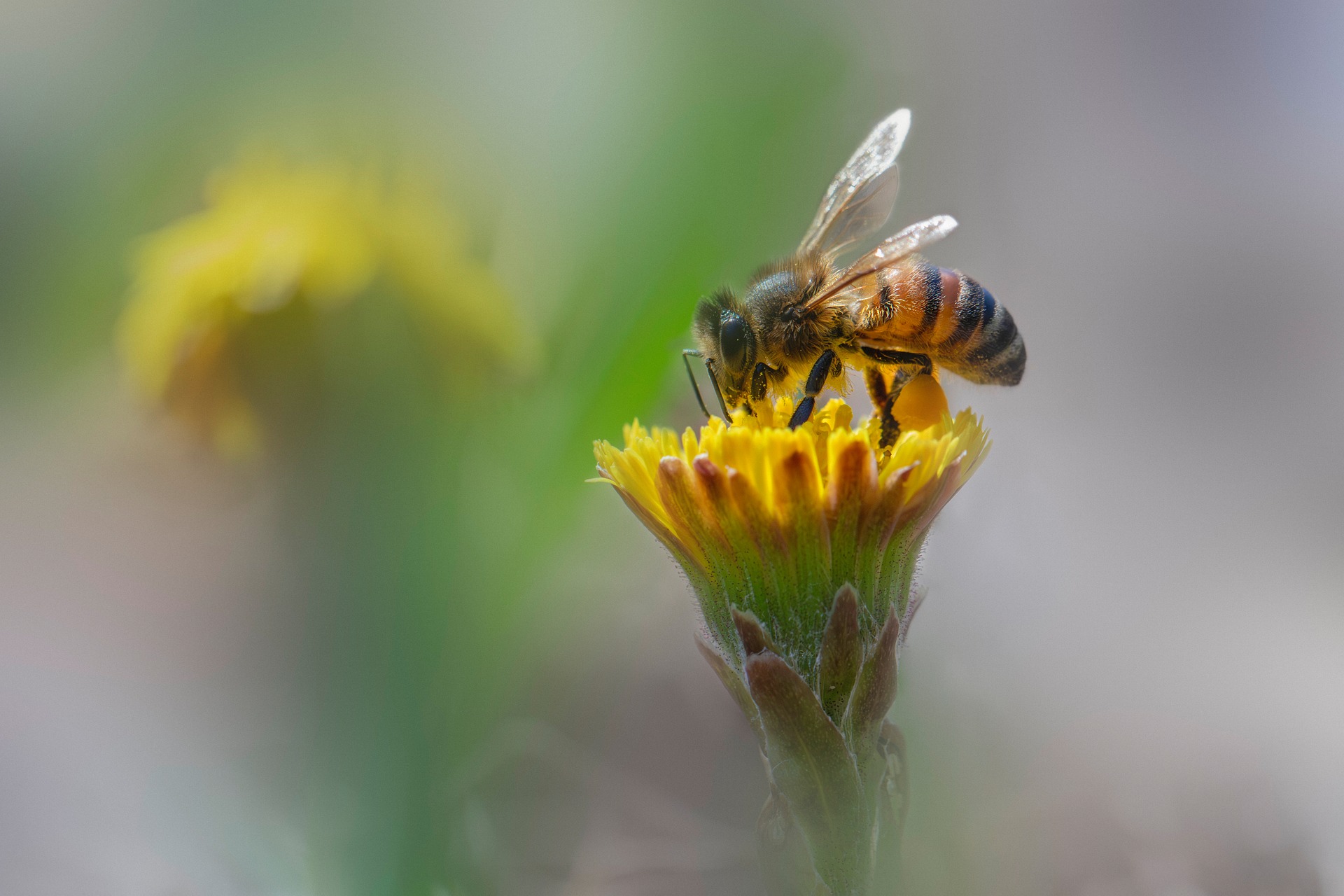


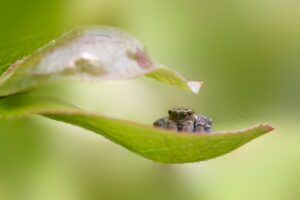
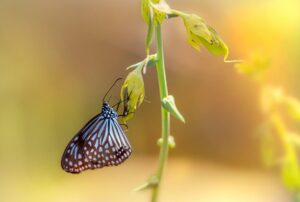
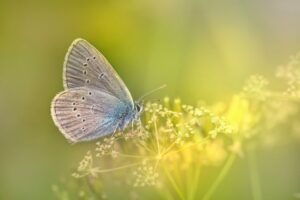
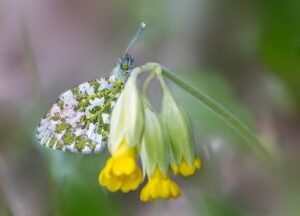
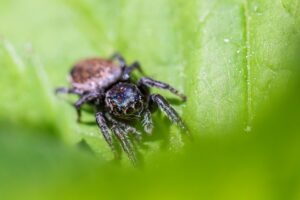
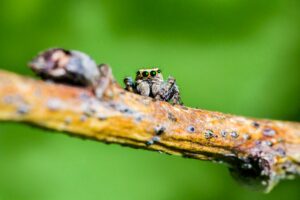
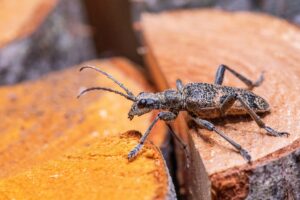
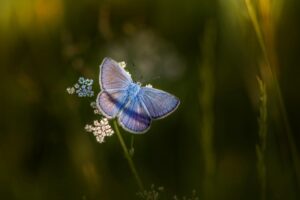
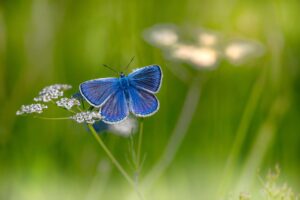
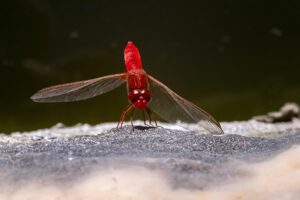
Post Comment